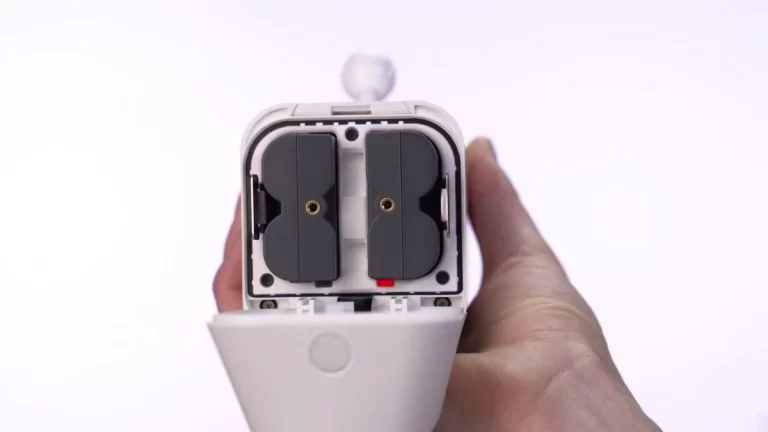What Size Are Nuts and Bolts?
What Size Are Nuts and Bolts?
When it comes to working with nuts and bolts, understanding their sizes is very important. In this article, we will give a proper breakdown of the different sizes of nuts and bolts, providing you with a comprehensive guide to help you navigate the world of fasteners.
What Are Nuts and Bolts?

Before delving into the sizes, let’s briefly clarify what nuts and bolts are. Nuts and bolts are hardware fasteners used to join two or more components together.
The bolt is a threaded cylinder with a head, while the nut is a metal or plastic piece with an internal thread that matches the bolt’s external thread.
When tightened, the nut and bolt combination creates a firm connection, making it a widely used method in construction, automotive, and many other industries.
What Size Are Nuts and Bolts?
Nuts and bolts come in various sizes, which are determined by their diameter, length, and thread pitch. Let’s take a closer look at each of these factors:
1. Diameter
The diameter of a bolt refers to the thickness of its shaft. It is commonly measured in inches or millimeters. The most common bolt diameters range from 1/4 inch (6.35 mm) to 1 inch (25.4 mm).
The diameter is usually indicated by a number or a fraction, such as 1/4″, 3/8″, 1/2″, and so on. The larger the diameter, the stronger the bolt.
2. Length
The length of a bolt is measured from the bottom of the head to the end of the threaded portion. It is typically expressed in inches or millimeters. Bolt lengths can vary greatly depending on the application, ranging from a fraction of an inch to several inches.
When selecting the appropriate bolt length, it’s important to consider the thickness of the materials being fastened together and the desired amount of thread engagement.
3. Thread Pitch
The thread pitch refers to the distance between the threads on the bolt. It is measured in threads per inch (TPI) or millimeters per thread (MMT).
Coarse threads have a lower thread pitch, while fine threads have a higher thread pitch. The thread pitch must match between the bolt and the nut to ensure a proper fit and secure connection.
How to Determine the Size of Nuts and Bolts?

Now that we understand the key dimensions of nuts and bolts, let’s discuss how to determine their size:
1. Diameter
To measure the diameter of a bolt, you can use a caliper or a bolt-measuring gauge. Place the caliper jaws or the gauge around the bolt shaft and read the measurement.
Alternatively, you can refer to bolt size charts available online or consult a hardware store professional.
2. Length
To determine the length of a bolt, you can use a ruler or a tape measure. Measure from the bottom of the bolt head to the end of the threaded portion.
If the bolt has a countersunk head, include the head in the measurement. It’s worth noting that the length may vary depending on the type of bolt head (e.g., hex head, flat head, etc.).
3. Thread Pitch
Measuring the thread pitch requires a thread pitch gauge or a nut with a known thread pitch. Place the gauge or the nut against the bolt’s threads and check which markings align.
This will indicate the thread pitch. Alternatively, you can count the number of threads per inch or use a thread pitch identification chart.
Common Uses of Nuts and Bolts Sizes

Here are some of the most common nut and bolt sizes you are likely to encounter:
| Size (Diameter x Length) | Thread Pitch | Common Use |
| 1/4″ x 1″ | 20 TPI | Light-duty applications, electronics |
| 3/8″ x 2″ | 16 TPI | General-purpose construction |
| 1/2″ x 3″ | 13 TPI | Structural applications, heavy machinery |
| 5/8″ x 4″ | 11 TPI | Large-scale construction, bridges |
| 3/4″ x 6″ | 10 TPI | Industrial equipment, power plants |
Please note that these sizes are just examples, and there are numerous other sizes available to suit specific needs.
Conclusion
Understanding the sizes of nuts and bolts is essential for anyone working with fasteners. By knowing the diameter, length, and thread pitch, you can confidently select the right fasteners for your projects.
Whether you’re assembling furniture, repairing a vehicle, or constructing a building, the correct sizing ensures a secure and reliable connection. So next time you reach for a nut and bolt, remember to consider their sizes and choose wisely for a successful assembly.
READ ALSO!!!




